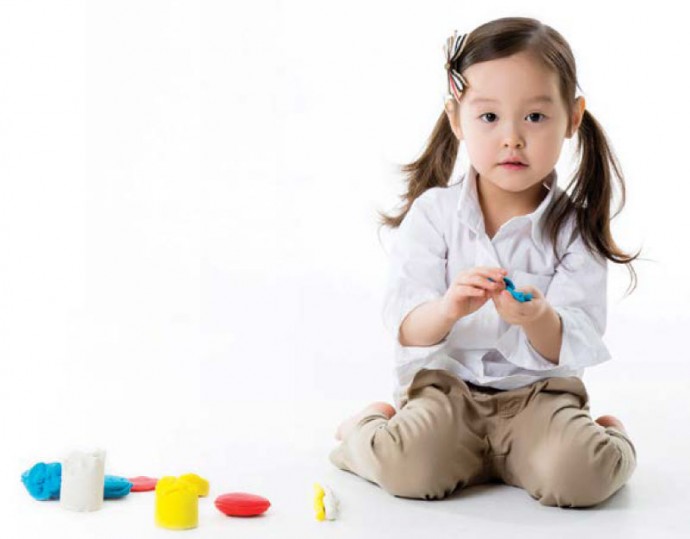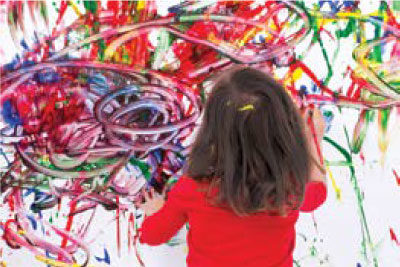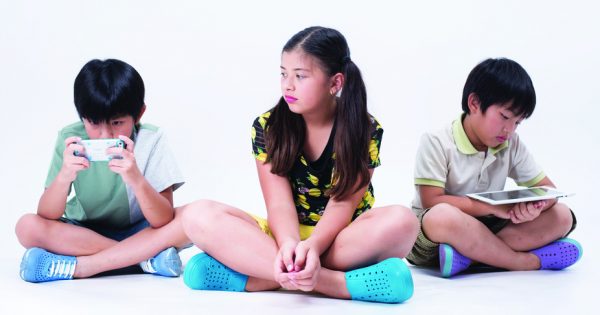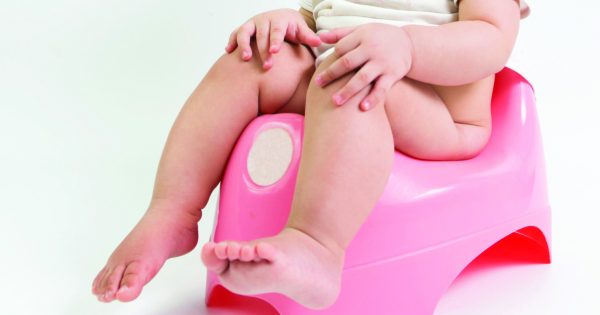As a parent, you will find that you are your toddler’s favourite playmate. Every second you spend with him during playtime is special. Best of all, it is not only something that is fun that you will cherish in your memories forever, it is also a critical part of his growth and development.
Playtime is serious business for toddlers as it is the main way that he learns about the world around him while levelling up his physical development, powering up his imagination and creativity (both of which are vital in the learning process), and getting started on social skills.
Fostering creativity
Think of creativity as a way for your toddler to express himself. Allowing him the freedom for creative self-expression can reflect and nurture his emotional health. The experiences that he has during the first few years of life can affect how his creativity develops.
Thus, it is critical that you provide him with ample opportunities to explore, experience, and express himself. Creative play involves imagination and creative thinking. Draw and paint together, explore the outdoors, listen to music (try several genres to see which ones he likes), and let him make his own art using materials such as paper, clay, or building blocks.
By allowing your toddler to have a variety of experiences, you are effectively stimulating his sensory systems, building on imagination and providing him with a broader range of ideas. Remember, it is not just places and materials but also personal experiences with different people that help your toddler thrive and develop socially and physically.
Remember to emphasise the process of creativity, and not the final product. You can do this by appreciating and encouraging his efforts while allowing him the independence to handle it on his own. For example, if he paints the sun blue and colours the leaves of a tree pink, just go with the flow – while colour does serve as an indicator of his emotions, you may be surprised to learn that he has his own special way of interpreting his paintings!
Power of colours
Colours can impact your child’s mood or behaviour, thus it is important to paint your rooms with the right colours. In general, children tend to associate happy scenes with bright colours such as orange, yellow, green and blue, whereas sad scenes are associated with dark colours such as brown, black, and grey.
Creative play
This usually involves using his creativity to turn everyday objects into something that he can play with. Playtime with your toddler can be accomplished with almost anything at hand, e.g. a large cushion placed on a carpet can be his ‘safe island in the ocean’ while you pretend to be a shark that is circling the island waiting to pounce on him when he tries to leave.
By spending plenty of quality time with him, you help to reinforce his creative spirit while engaging in spontaneous play with him. While you may initiate some of the creative play, be sure to give him the chance to come up with his own creative ideas or suggestions.
Did you know?
Play helps your toddler develop new ways of thinking and improves his problem-solving skills. For instance, the physical motions used when making art (e.g. holding paintbrush or scribbling with crayon) help toddlers develop their fine motor skills.
Encouraging creativity
You can help stimulate his creativity with some ingenuity of your own. Here are some tips & ideas you can make use of:
- Create a drawing or painting area. You can even reserve one section of his play room for him to doodle, draw, or paint on if you want. You can minimise potential messes by covering floors or tables with mah-jong paper or clear plastic sheets. Easy-to-clean wall paints or ‘chalkboard’ paints are also another option you may want to consider. Other alternative painting tools include vegetable/texture stamping or hand/foot stamp.
- Create a play wall by placing a collection of different toys or create a water wall to teach simple scientific principles such as gravity or to illustrate the rain cycle.
- Use existing toys or everyday household items in different ways! If your toddler loves singing, hold a concert together. All you need for props is your bed as a stage and a hairbrush as a microphone. Turn your sofa into the Nautilus as you take him on an imaginary journey 20,000 leagues under the sea. Or perhaps you may decide to pile up some cushions on the floor to become a mini-obstacle course that he has to wriggle through – with so many possibilities to explore, the only limit is one’s imagination. You can also make your own toys or games, e.g. make your own carom game using bottle caps or set aside a small section of floor for hopscotch, with floor tiles or foam flooring.
- No time to make something out of scratch? Head to the nearest store and buy toys or equipment that encourages your toddler to use his imagination or creativity, e.g. building blocks, animal sets, cars/ trucks, or modelling clay.
Keeping play safe
Other things to keep in mind include keeping toys or equipment in easily accessible areas such as a playroom or a corner in your home. They can be stored neatly into containers or boxes. Regardless of the toy or game that you make, you should always ensure that safety remains the priority, by ensuring that he does not play unsupervised until he is much older.
Ensure that at least one adult is on hand to supervise as he plays, or better yet, join him for his playtime. Don’t forget his health too by ensuring that he maintains basic hygiene, and that he has access to clean air and water. The materials and surfaces that he is frequently in contact with should be cleaned regularly to ensure they are free of bacteria or viruses that may harm him.
Keep your cool if they do draw or paint on walls in other parts of the house. Be firm but gentle; walls can be cleaned but scaring them from expressing their creativity may have a longer lasting impact in future. Lastly, remember that as parents, try not to rely on digital gadgets to pacify your toddler. Sometimes, a little boredom is good for them as it works as an incentive for them to get inventive! You may need to look at your own digital gadget usage as you are his role model; lead by example and do not neglect him by spending too much time with your gadgets at his expense.
An educational contribution by Malaysian Paediatric Association.









Comments